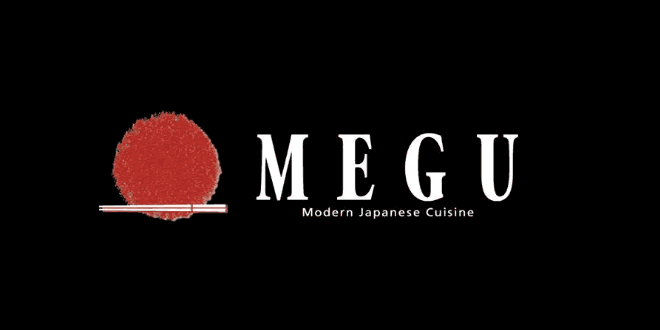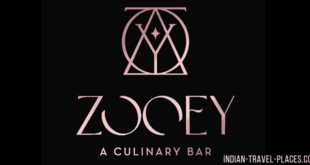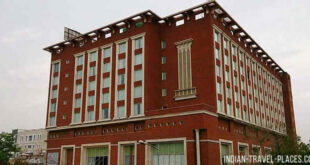Restaurant Name: MEGU: The Leela Palace, Chanakyapuri, New Delhi
Phone: +911139331234
Address: The Leela Palace, Diplomatic Enclave, Chanakyapuri, New Delhi 110023 India
Time: 12:30 PM – 2:30 PM, 07:00 PM – 12 Midnight
Meals for two: Rs. 5,500
Cuisines: Japanese, Sushi
Facilities: Wheelchair Accessible, Full Bar Available, Wifi, Romantic Dining, Indoor Seating, Valet Parking Available, Luxury Dining, Table booking recommended
MEGU: The Leela Palace, Chanakyapuri, New Delhi – Decor
The restaurant has a quintessentially Japanese feel in each of its rooms, starting right from the entrance lobby with its black and red theme to the sushi bar, the private dining room, the ‘informal’ dining area, the open terrace and the grand dining room, whose focal point is a crystal Buddha over which is a life-size replica of the Bonsho bell from the Todaiji temple in the Nara prefecture. It lends a sacred air to the dining room that no other restaurant in the NCR has, while also establishing its credentials as a trustworthy temple of Japanese gastronomy. Young Shubham Thakur, barely out of his 20s, is the presiding chef here: he has been involved with Japanese food ever since he joined the profession and has had the distinction of working with several distinguished chefs from Japan. One aspect that struck me about MEGU (I have been visiting regularly since its inception) is how meticulously it has been maintained.
MEGU: The Leela Palace, Chanakyapuri, New Delhi – Food
My starter was spicy baked eel (Rs. 2,700) that consisted of four pieces of eel that were firm and crisp on the underside and tantalizingly melting on top. Tobiko or flying fish roe was sprinkled on sparingly for the textural contrast: the eel itself was velvety and the gari that was used as a plate garnish did double duty as a palate cleanser. While eel may not be a mainstream ingredient, the soup that I ordered, seafood consomme (Rs. 1,400) was rich in umami and showed off Chef Thakur’s mastery over the cuisine admirably: the stock was clear, silken and flavorful, while the seafood that lurked in its depths included glossy-skinned mackerel that was firm on the palate, soft as a cloud scallop segments, crunchy shrimp and tiny bursts of tobiko as well as a dainty circle of crisp kakiage —the Japanese equivalent of a vegetable pakoda! For main course, I ordered Scottish salmon steak with teriyaki sauce (Rs. 2100). The salmon had a freshness and a delicate flavour that its farmed country cousins lack entirely and was cooked to perfection.
Plus & Minus:
The teriyaki sauce for the salmon was made from scratch with roasted vegetables and flavored with soy and mien, in the manner of a traditional restaurant in Japan: no shortcuts here.
 ITP Indian Travel Places: Food, Travel, Tourism Business Events and Trade Shows
ITP Indian Travel Places: Food, Travel, Tourism Business Events and Trade Shows







